Did you know that asphalt pavement is one of America’s most recycled materials? Pavement conditions can be significantly improved when recycling processes like Cold in Place Recycling (CIR), Cold Central Plant Recycling (CCPR), and Full Depth Reclamation (FDR) are applied at the right time. Recycling can successfully mitigate cracking in existing asphalt pavement structures with the application of up-front pavement investigation and training on the specific recycling technique.
Our very own Megan Yount from Heritage Research Group (HRG) was able to speak about Pavement Recycling and its benefits in a recent conference in Indianapolis, Indiana, as a co-presentation with a local agency. This presentation highlighted a successful recycling workshop which partnered with local associations and led to a strong recycling program in Lake County, Indiana.
Recycling Workshop
HRG partnered with the Asphalt Pavement Association of Indiana (APAI) and the Indiana Local Technical Assistance Program (LTAP) to develop a recycling workshop featuring different pavement recycling methods. This course introduced various recycling processes like CIR, CCPR, and FDR methods to rehabilitate existing asphalt pavements. The workshop aimed to train attendees around the following topics:
- R- ecognize pavement recycling technologies and understand how they are constructed by reviewing results of projects we’ve completed.
- E- ngage with the developers of the Indiana Department of Transportation (INDOT) pavement recycling specifications and discuss how they were developed and how they can be used in your LPA projects.
- C- omprehend how these technologies best fit in pavement management strategies by reviewing examples of where other agencies have applied them.
- Y- ield knowledge on how these can be cost effective treatments for your agency and road network using real economic examples.
- C- ollect information on how these types of pavement recycling projects are evaluated, designed, and constructed.
- L- earn from fellow local agencies how pavement recycling technologies have been successfully implemented and used in their roadway network.
- E- ntertain questions with the panel of presenters and LTAP on how these technologies can be best used in your roadway network.

During the workshop HRG’s Megan Yount & AMI’s Tim Zahrn presented topics on the project selection and previous local agency experience. Attendees present were highway supervisors, county engineers, and other pavement professionals.
Lake County, Indiana Project
The recycling workshop helped kick off a strong recycling program in Lake County, Indiana, led by Duane Alverson, the Lake County Engineer. The first project completed within the county was Calumet Avenue, a 3.25-mile CIR project, at a 4-inch treatment depth.
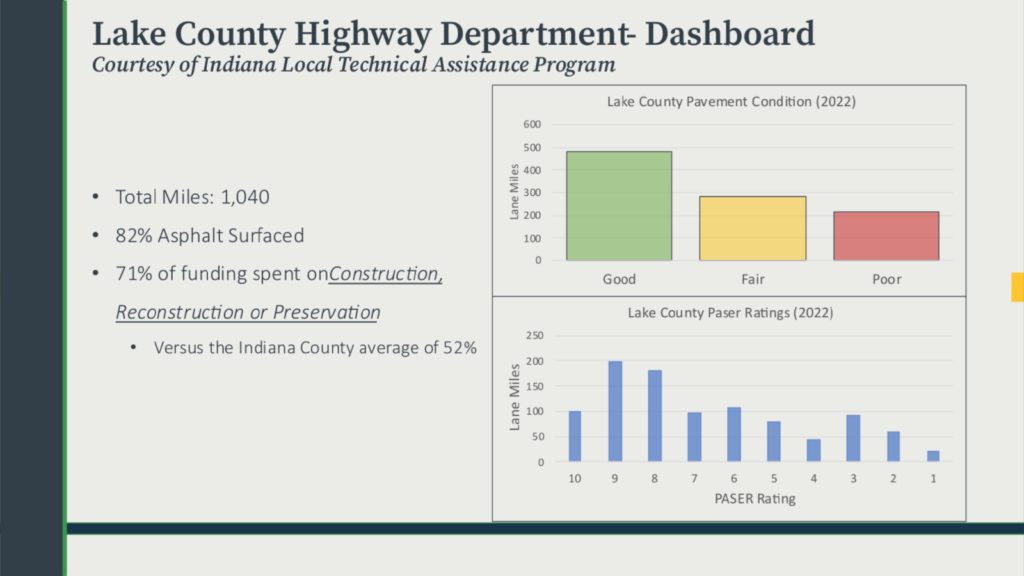

A pavement investigation led by HRG determined that the in-situ pavement structure on Calumet Avenue was a good candidate for a 4-inch CIR treatment utilizing engineered emulsion. Some distresses observed on Calumet Avenue were longitudinal cracking along the centerline, pavement stripping, and full-depth cracking within core samples.


The 4-inch CIR process occurs with a continuous train of equipment, processing a single lane at a time.

Pavement Classification: Major Collector
Average Annual Daily Traffic: 4,100
Treatment Details: 4’’ CIR, 1 ½’’ HMA Surface
HRG has identified CIR and FDR candidates through pavement investigation in many other instances with Lake County. Projects within the Lake County program include a 2.5-mile stretch of 151st Avenue with a 7-inch FDR, 2.0 miles of Sheffield Avenue with a 4-inch CIR, 3.85 miles of 153rd Avenue with 6-inch FDR, 3.75 miles of Parrish Avenue with 6-inch FDR, and 2.15 miles of Belshaw Road with 7-inch FDR. Asphalt Materials, Inc. supplied the engineered emulsion used to perform the CIR and FDR processes. The projects spanned from 2018 to 2023.
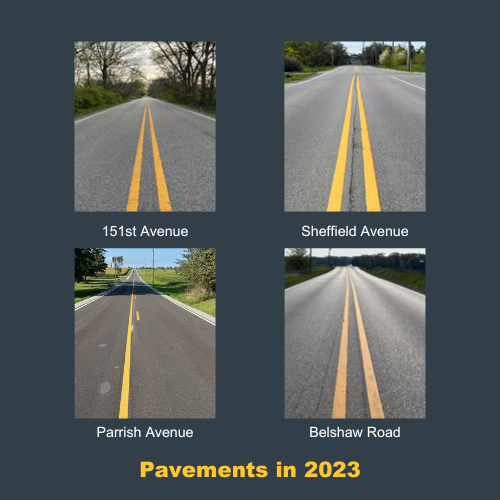
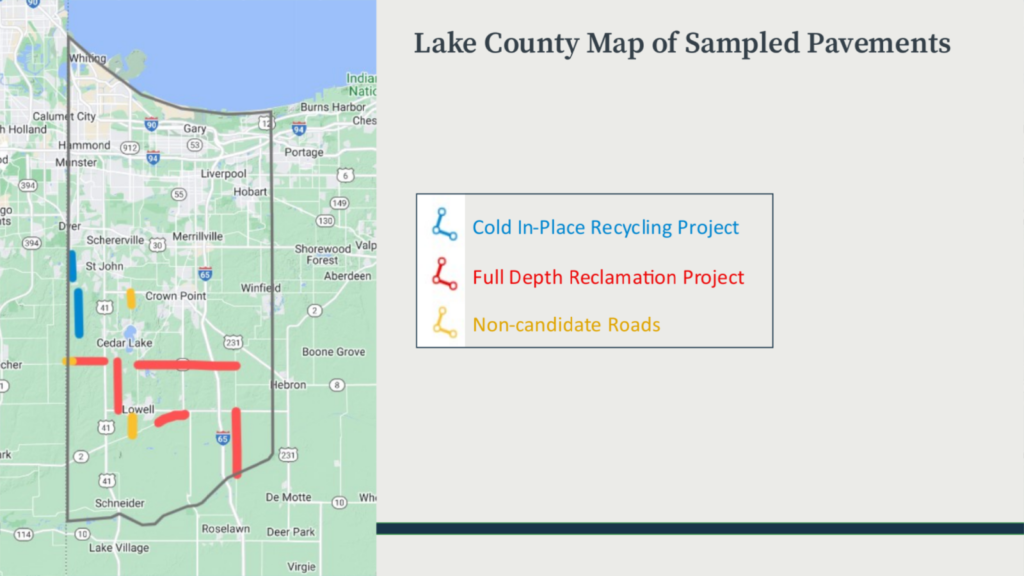
Conclusion
Many projects that involve recycling techniques like the CIR and FDR projects shown above are beneficial in stretching agency funds, using resources an agency already owns and reducing the environmental effects during pavement construction. Pavement rehabilitation techniques can have major impacts comparable to reconstruction, but without major disruption and waste.
If you would like to learn more about Heritage Research Group or read about some of our other recycling projects, you can view the links below.
https://thgrp.com/heritage-research-group/
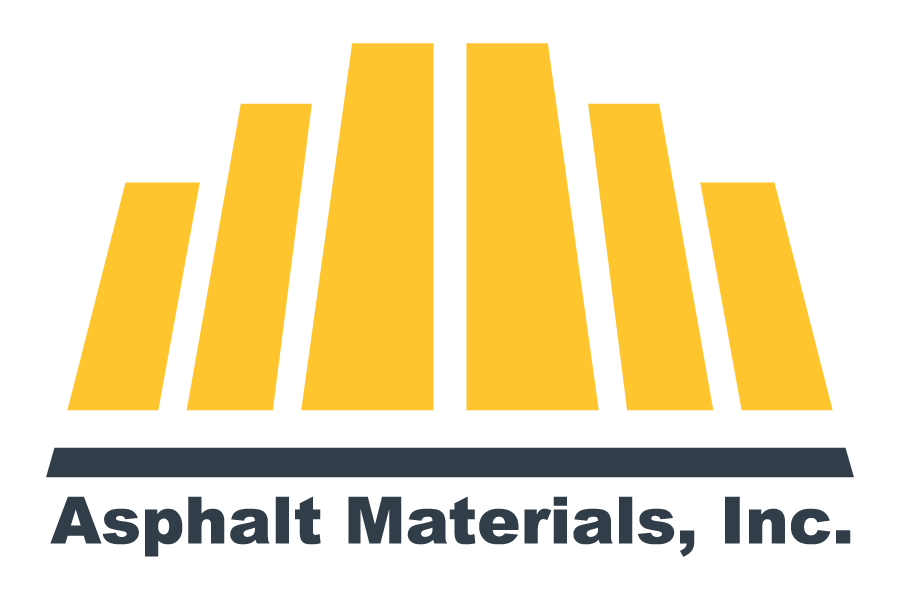
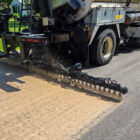


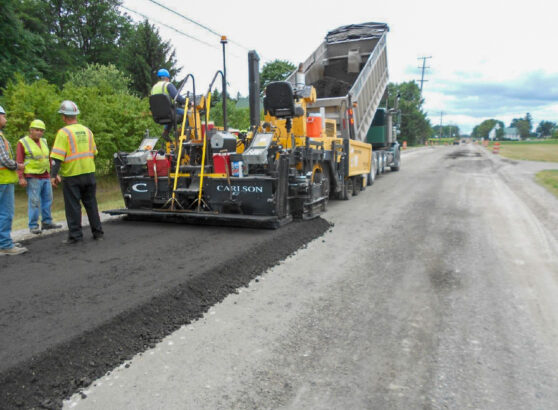

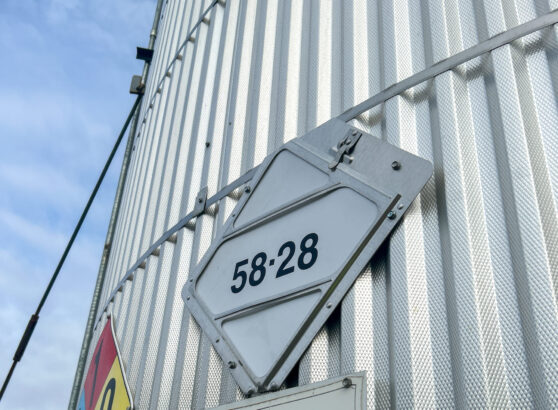






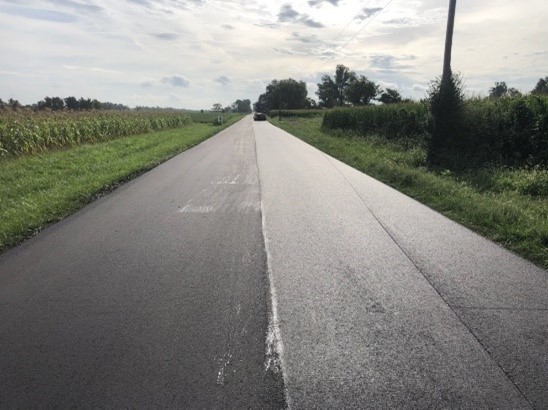





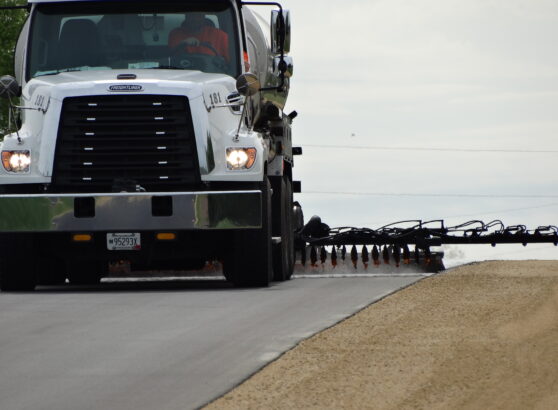
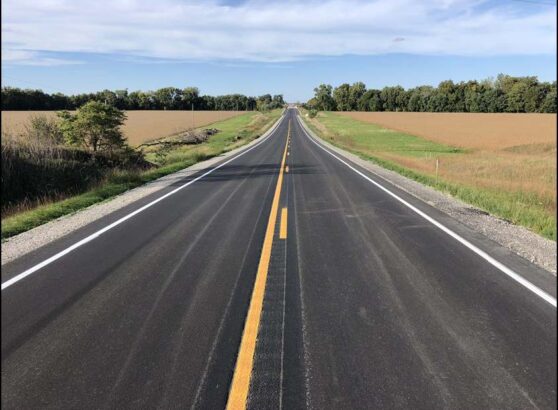



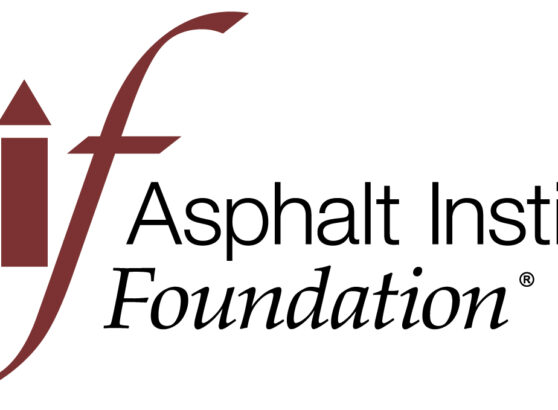


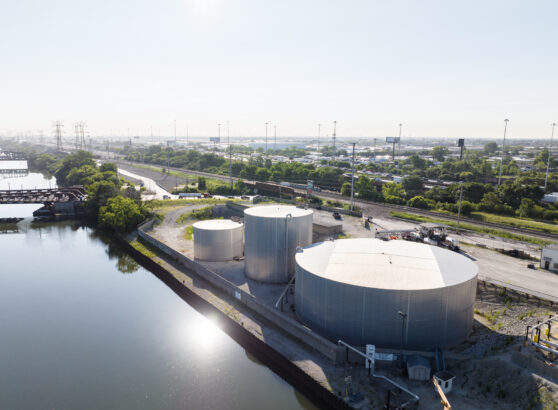



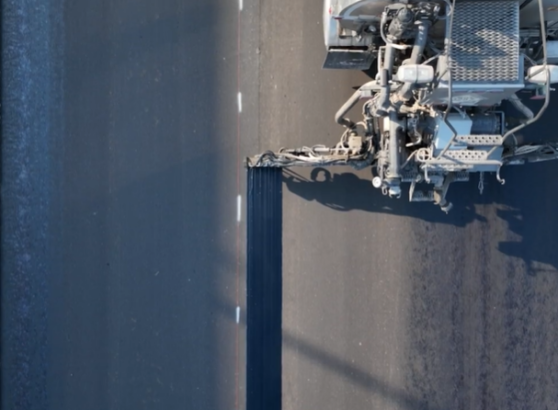


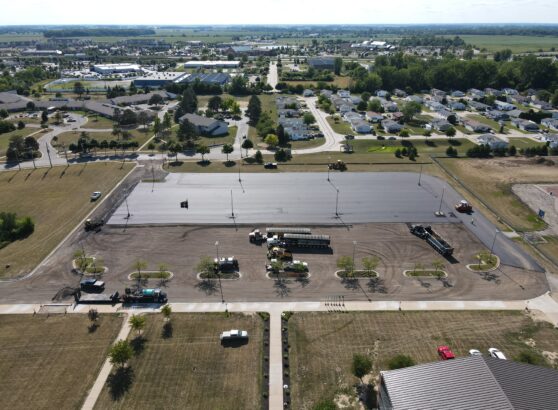


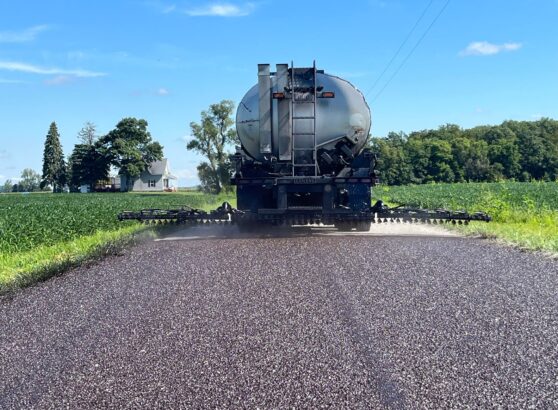


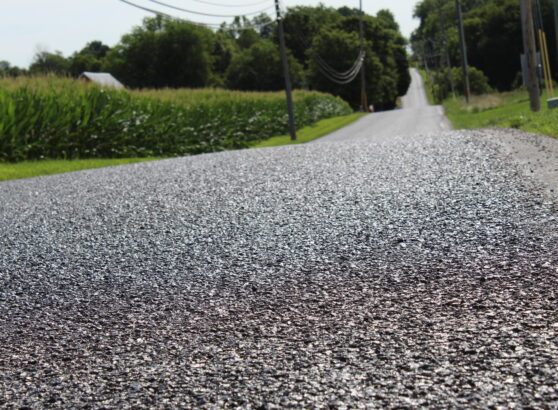

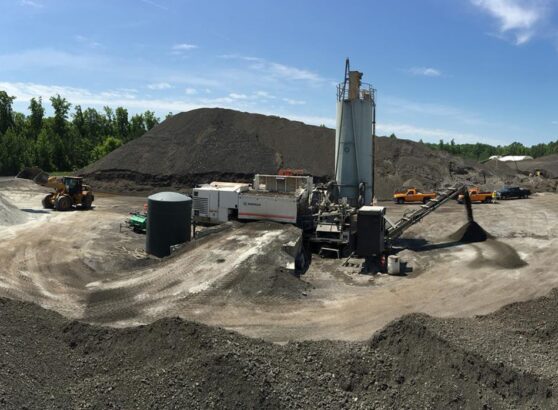




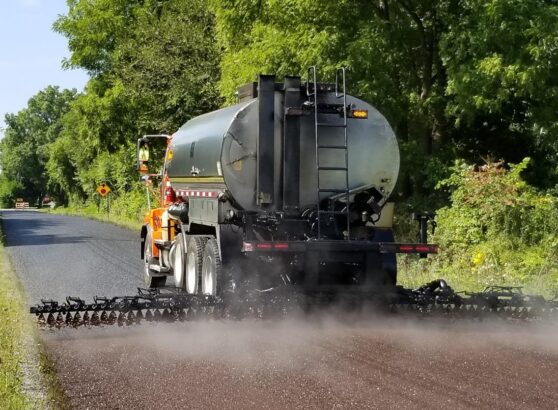

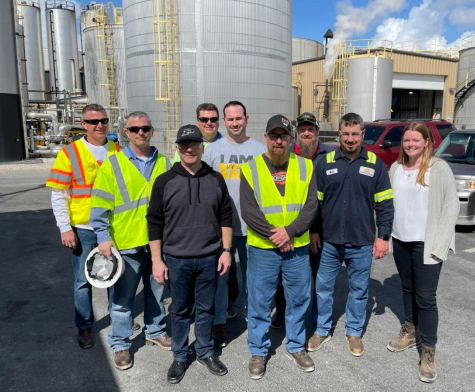










Recent Comments